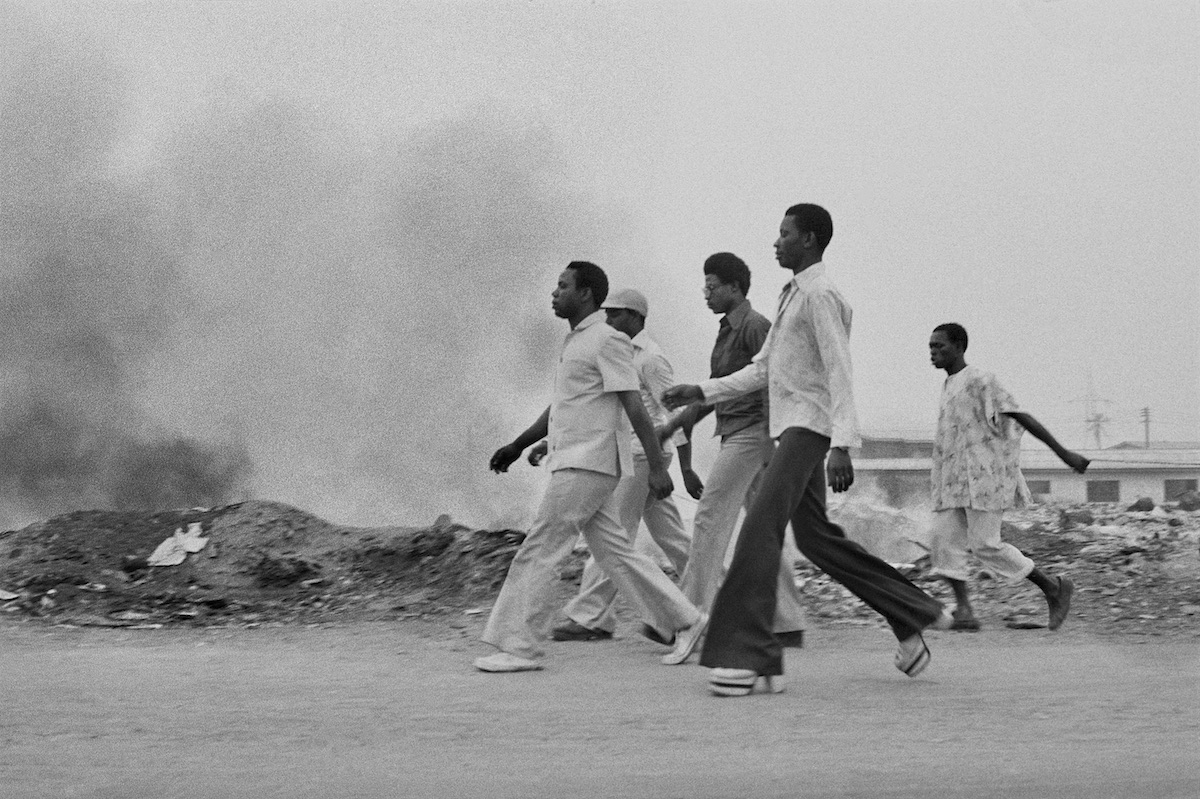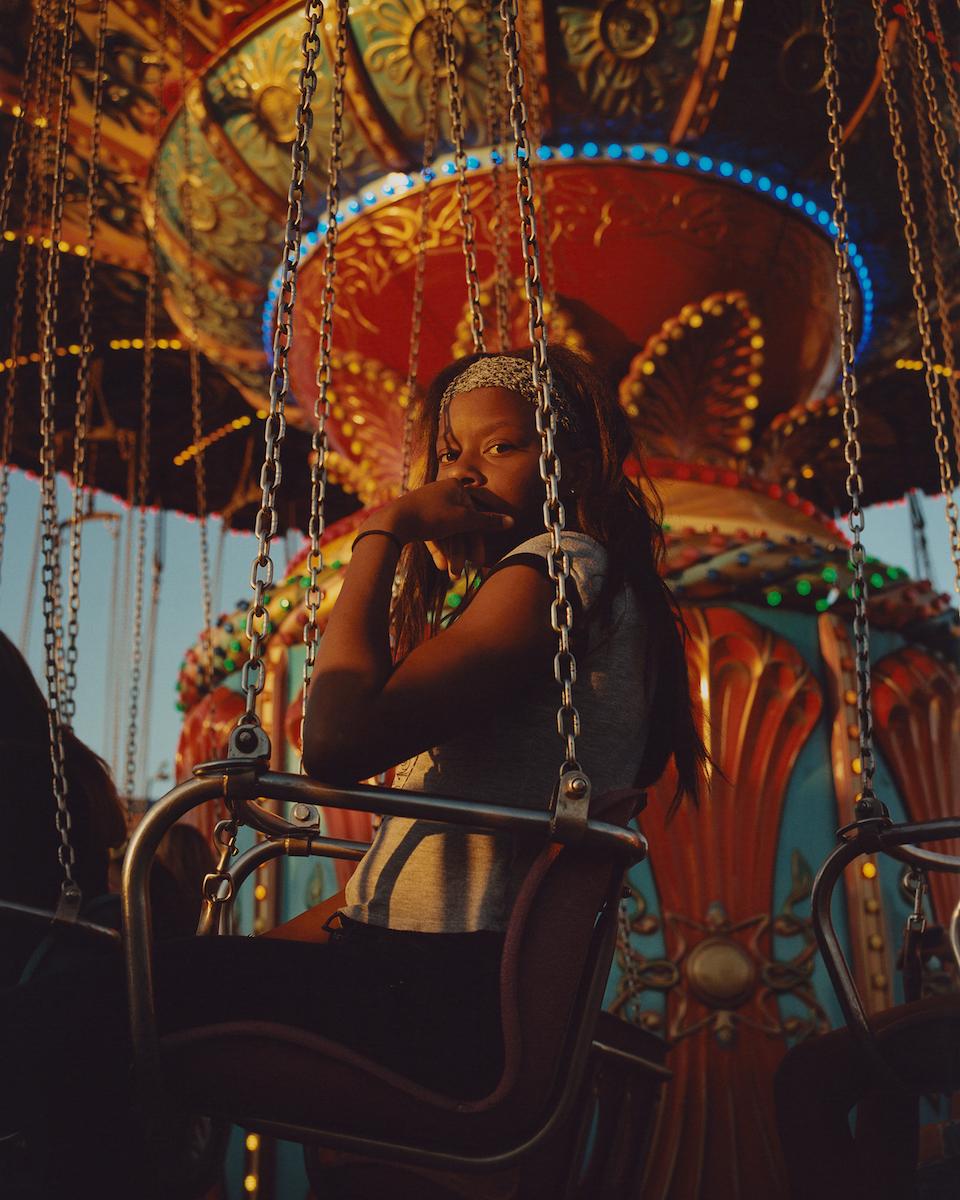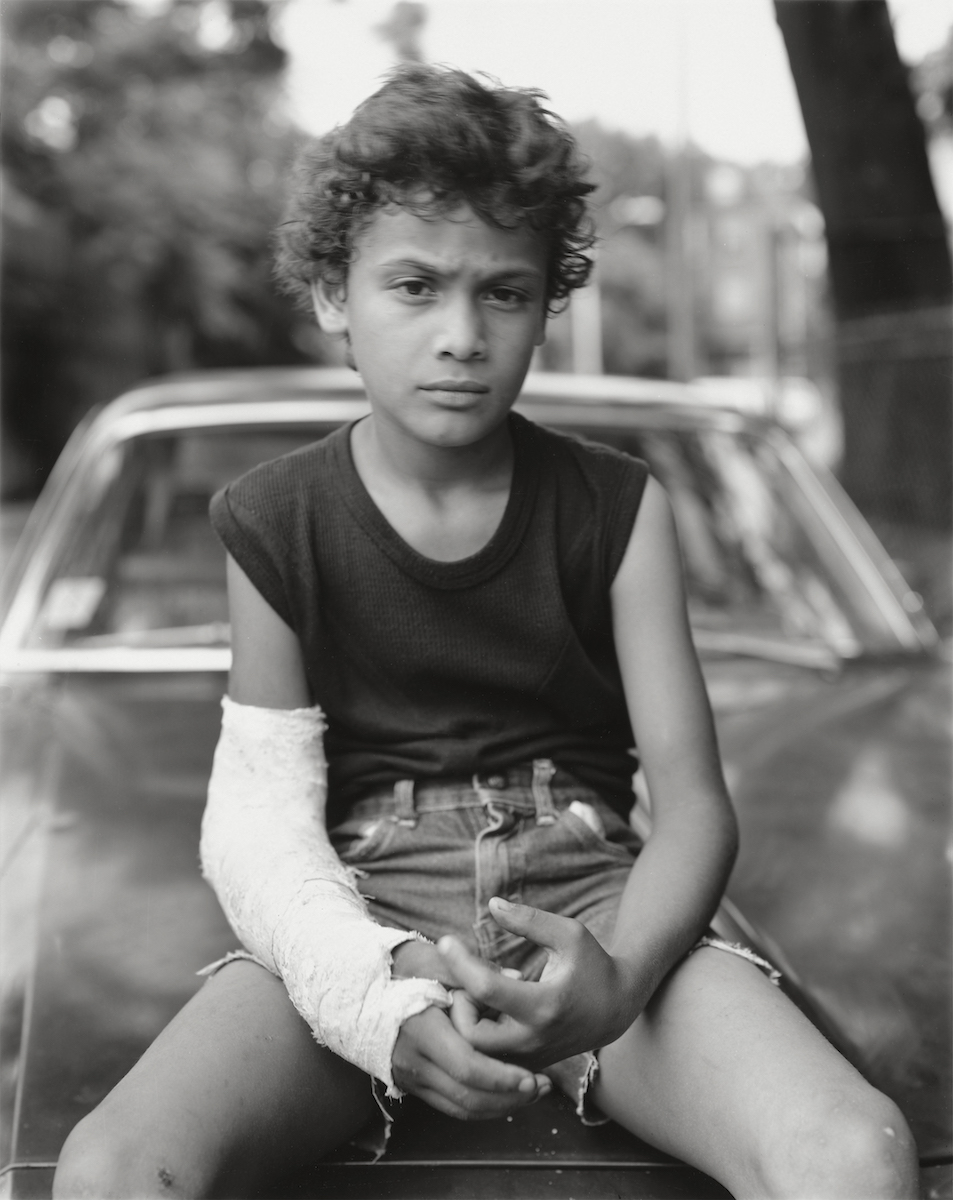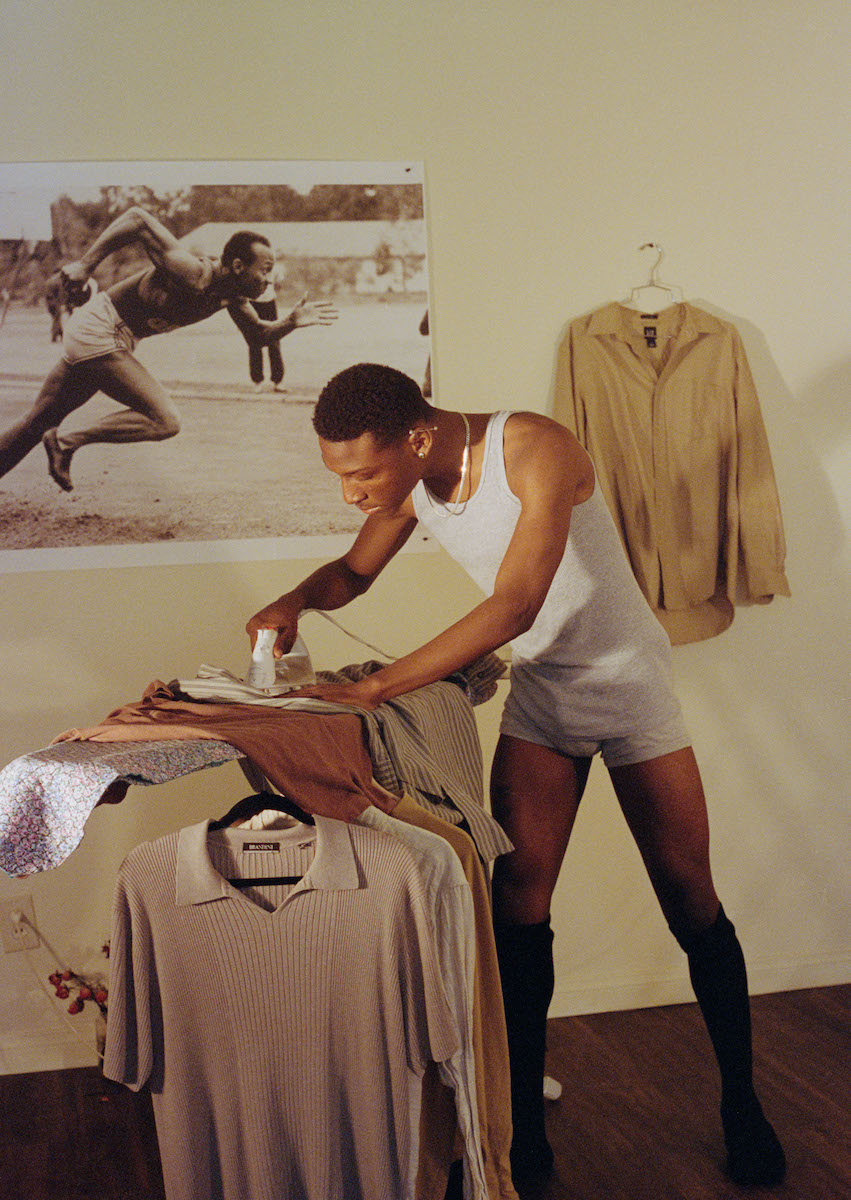From insight into Graciela Iturbide’s creative process to the documentation of the legendary Second World Black and African Festival of Arts and Culture, we round up the titles to take note of
On Dreams, Symbols, and Imagination
Graciela Iturbide
Aperture, $29.95
Words by Hannah Abel-Hirsch
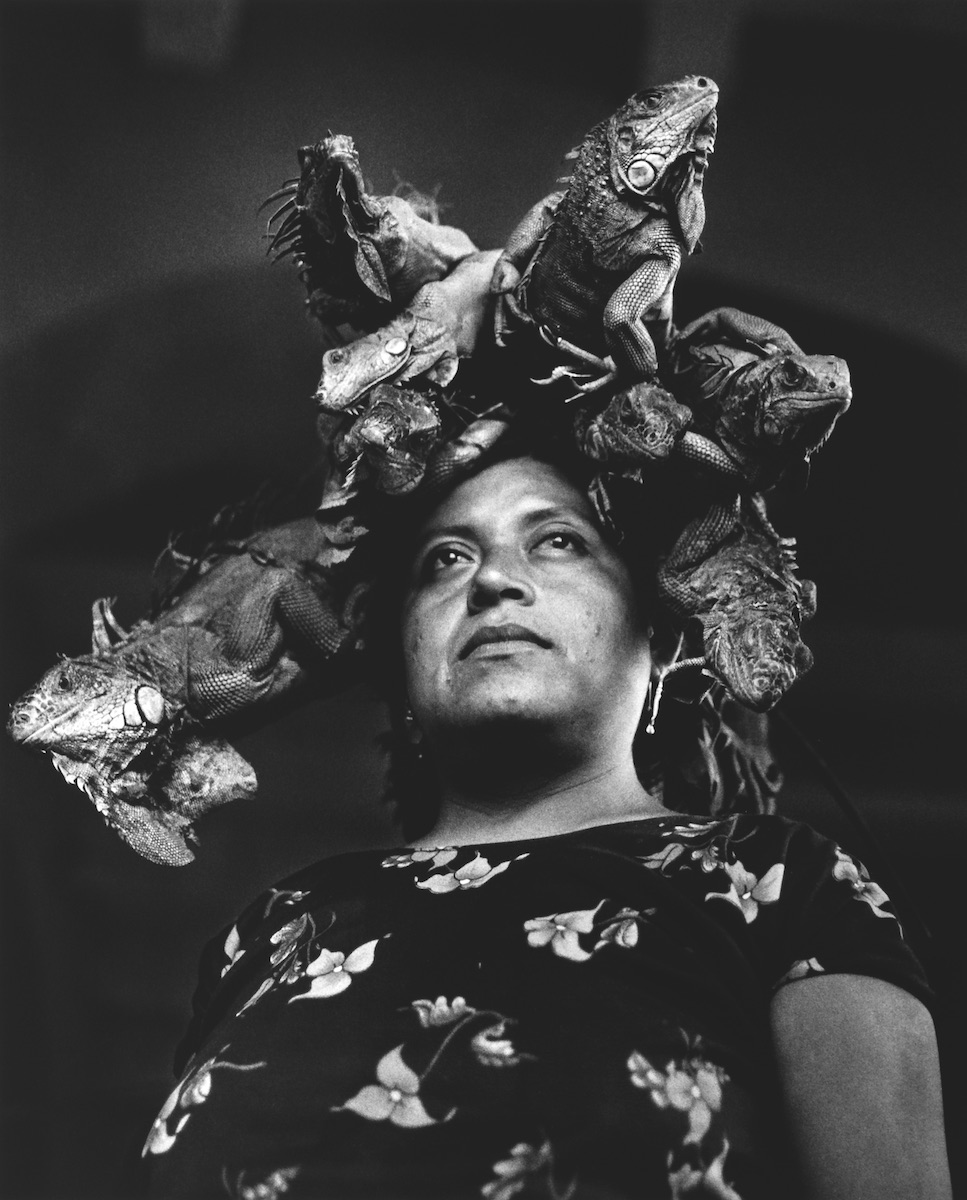
The latest instalment of Aperture’s The Photography Workshop Series – for which renowned image-makers provide insight into their creative processes – centres on Graciela Iturbide. The artist was born in Mexico in 1942. Initially, her interest lay in film-making until she met her mentor, the visual artist Manuel Álvarez Bravo. Today, Iturbide is regarded as one of the most influential Latin American photographers of the past four decades, her black-and-white images shifting between poeticism and documentary.
“Surprise always operates within me,” reflected Iturbide in an interview with British Journal of Photography last year. Indeed, Iturbide’s images do not just frame reality; her gaze imbues her subjects with something that transcends the everyday. She draws heavily on her dreams and imagination, and it is these resources she reflects upon in the publication, generously opening up her process so others may learn. As Iturbide writes, “The way each one of us sees is different and is formed by what we have experienced, encountered, and learned as individuals; by what has nourished, surprised, and moved us; by the influences that have left traces in us, even unconsciously.”
Last Day in Lagos
Marilyn Nance
Fourthwall Books & CARA, $45
Words by Ellie Howard
“If you want to see what it looked like having 17,000 Africans gathered together from across the continent and the diaspora, living, sharing, thinking, and performing together for 30 days in what was essentially a temporary pan-African nation, then this book is for you,” Marilyn Nance writes in her latest publication. Last Day in Lagos captures one of the most legendary events in pan-African history: the Second World Black and African Festival of Arts and Culture (FESTAC ’77), which took place in Lagos, Nigeria, from 15 January to 12 February 1977. A 23-year-old Nance’s lens brings the event into focus with photographs of a quiet expression or gesture within the wildness of the crowd. With palpable joy, national contingents parade at the opening ceremony, musicians from Sun Ra Arkestra to Stevie Wonder perform, and artists and intellectuals meet with rapturous energy.
Last Day in Lagos is titled as such because it reflects on the political and social complexity of the event: its role in a rapidly changing city, the state violence that succeeded it and eventually tarnished its memory on the world stage. Preserving its legacy, Nance has chosen to release the archive into the world as a reminder of FESTAC ’77’s significance.
Florida Strawberries
Anthony Blasko
Stanley/Barker, £40
Words by Ellie Howard
Anthony Blasko revisits a popular photographic subject in his richly tinted exploration of Florida’s annual Plant City Strawberry Festival. Once an integral part of the Sunshine State’s harvest celebrations, the fair has since lost its seasonal purpose, but its spirit remains. “Even as we lose our connection to our agricultural past,” he writes in the book, “there is something timeless about gathering at the fair.”
Set in the slow heat of the afternoon, the book reads as a carousel of glances with Blasko’s portraits capturing distracted youth holding mobile phones, curious bystanders enthralled, and merry-go-rounders flying in a daze. Turning its pages is like walking through a crowd, the publication laying out visual cues: a goldfish in a plastic bag and deep-fried corn dogs like chubby fingers. An image of a strawberry-haired child basking in the sun has the warmth of golden straw fields. Florida Strawberries is wrapped in wax paper, similar to that of 19th-century fruit-and-vegetable vendors. It is a piece of Americana to be indulged and consumed at leisure.
The Orange Line
Jack Lueders-Booth
Stanley/Barker, £40
Words by Ellie Howard
An American heritage book, The Orange Line is based on a photographic series from 1985–87 documenting the withdrawal of Boston’s oldest elevated train to make way for a new subway line. Working between Chinatown and Jamaica Plain, Jack Lueders-Booth spent 18 months photographing how residents depended on this decaying and vulnerable civic train line. A spectre of the great industrial age, the trains cast a shadow over communities, architecture and livelihoods beneath them. The exquisitely detailed and textural portraits introduce us to a young man holding a bodybuilder’s stance, moustache curled over his lips, looking dead-on; a couple in their ’80s lapel bomber jackets; line workers leaning against a station cabin.
Lugging an 8×10 large format camera with him on the streets, Lueders-Booth not only announced his presence in the area but also invited curiosity from residents that often resulted in collaborative portraits. The intrigued and sometimes amused facial expressions of his subjects, and the characters around them, make for a compelling portrait of a community on the brink of change.
Orange Grove
Clifford Prince King
TIS Books, $55
Words by Hannah Abel-Hirsch
Orange Grove centres on an airy two-bedroom apartment on a street of the same name in the Burbank Hills, just outside Los Angeles. The warmly lit abode, which Clifford Prince King moved into with friend and collaborator Malcolm Marquez in 2016, is the setting of the intimate photographs that compose King’s new publication. As writer Syd Haliburton observes, “The photographs from this time detail the spectrum of exploration, bliss, and transformation that comes with burgeoning queerness in a new creative, social, and physical landscape that shaped the ethos of these two artists’ creative practices.”
Tender portraits of friends and lovers provide a glimpse into King’s world. Despite their often intricate compositions, the images do not feel staged. Instead, they ooze with gentle vulnerability. Subtle references are made to King’s 2018 HIV diagnosis and its effects on his body: sweaty bedsheets; pills on tongues. Indeed, the publication is a diary of sorts, a chapter of a personal history. As Haliburton continues, “Orange Grove was a home. An altar to domesticity washed in the spirit of an evolving understanding of what is queer and Black and masculine (not necessarily in that order).”
Comrade Sisters: Women of the Black Panther Party
Stephen Shames & Ericka Huggins
ACC Art Books, £35
Words by Ellie Howard
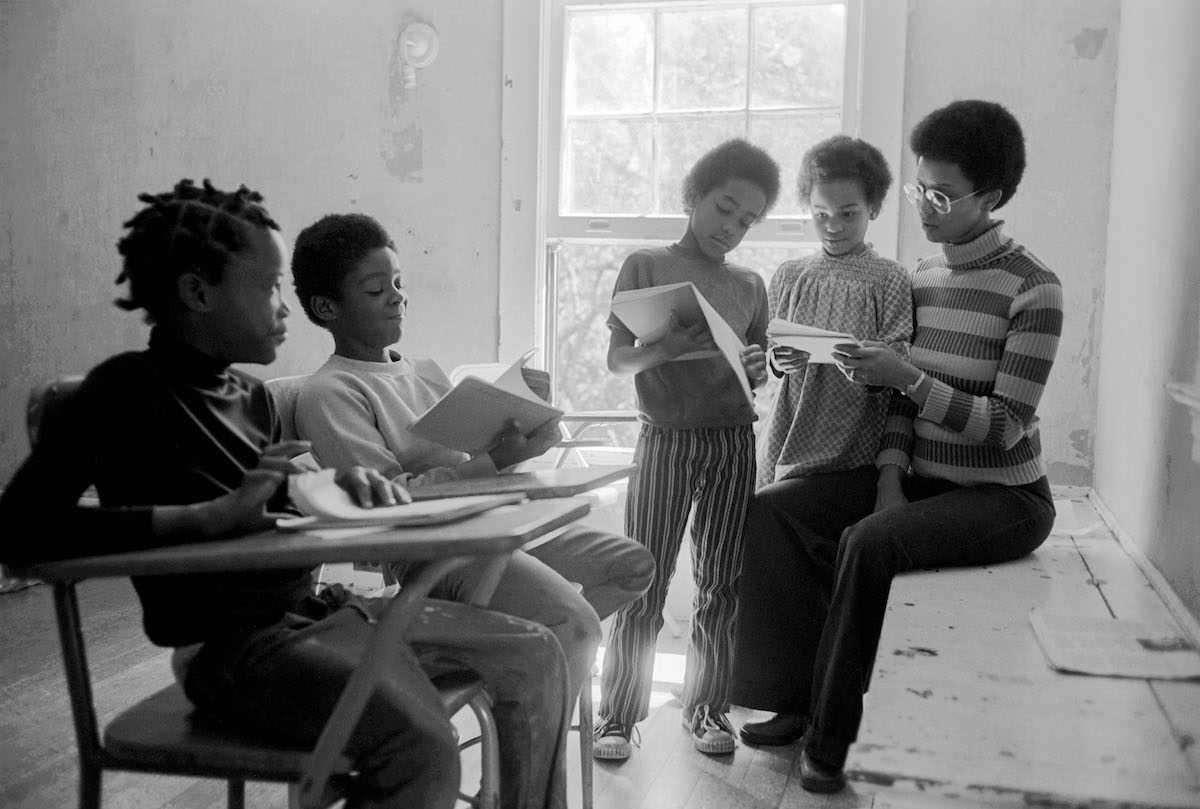
On the cover of Comrade Sisters: Women of the Black Panther Party, a group of women wearing signature grey marl Black Panther sweatshirts stare past the camera into the future. Stood together, an arm balanced upon a shoulder for support, they are a portrait of collective empowerment.
Published by the Black Panther Party’s (BBP) long-serving photojournalist Stephen Shames and former BBP leader Ericka Huggins, the book is long overdue. Little has been written about Black women’s role in revolutionary political movements in America, although it is estimated that 66 per cent of BBP members were young women. In tribute, the publication includes written testaments from the more than 50 women who shaped the party. From Black Panther community initiatives, including the Free Breakfast for Children Program, the People’s Free Ambulance Service and the People’s Free Medical Clinics, Shames’ poignant photographs reveal the behind-the-scenes roles women played outside of their protest work.
A remembrance of the BBP member Aisha El-Mekki, written by her son, details a Ghanaian proverb she often quoted: “If you educate a man, you educate an individual. But if you educate a woman, you educate a family, a nation.” Bringing the love and labour of these Black women into focus, Angela Carter notes in her introduction that it becomes apparent that their “organising work… truly made the Black Panther Party relevant to a new era of struggle for liberation”.

